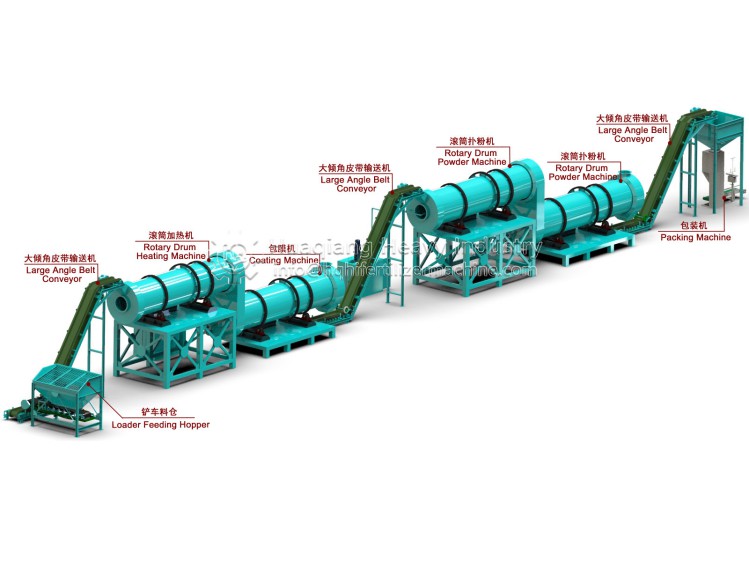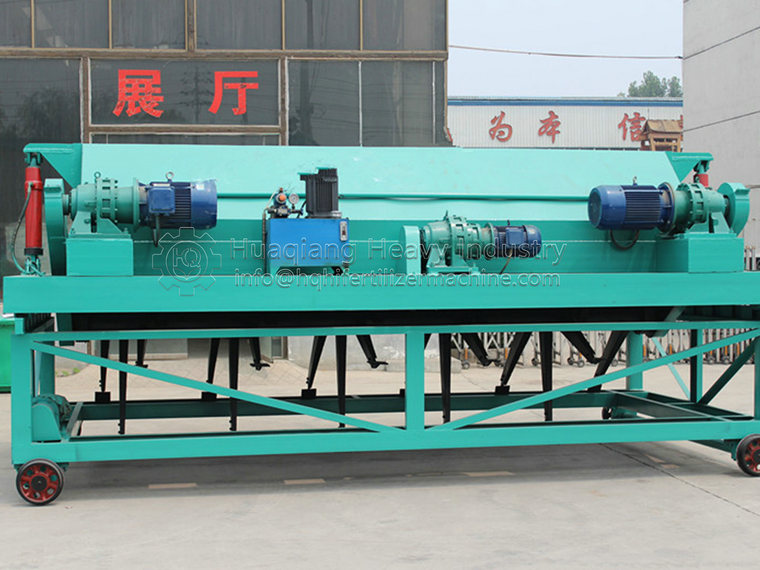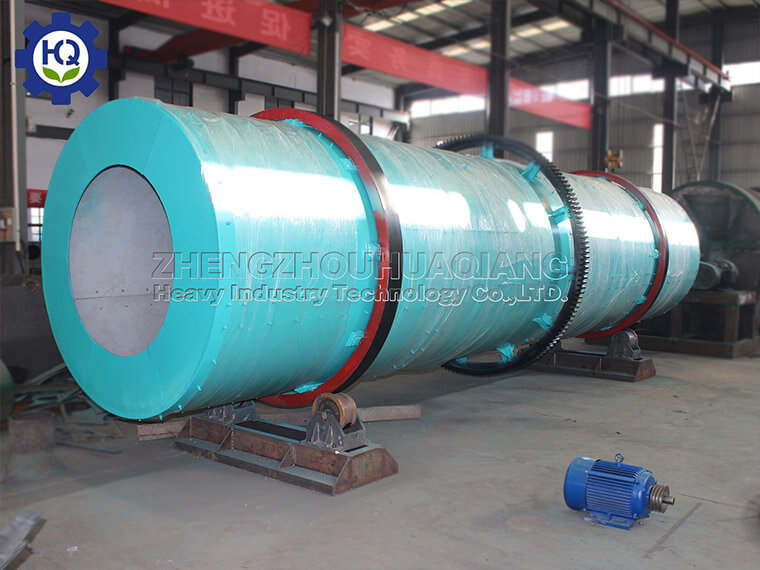What equipment does the chicken manure organic fertilizer production line need to process organic fertilizer
1. Prepare the manure that needs fermentation. Chicken manure contains a large number of Bacillus, which is aerobic fermentation bacteria. If natural reproduction is used, the heating time will be prolonged, so it is possible to consider adding fermentation bacteria or using reflux to speed up the heating.
2. Composting of chicken manure: when the prepared chicken manure is spread with bacteria, the pile height should not be too short and the volume should not be too small. The requirements: the pile height is 1.5-3m, and the width should be considered comprehensively according to the type of fertilizer manufacturing equipment, and the length should consider factors such as fermentation period, plant size and local climate. The larger the heap, the higher the fermentation in winter, especially in the cold areas.
3、 Adjust the moisture. The moisture content of fermented chicken manure should be controlled at 40 ≤ 65%. Water judgment: hold a pig dung tightly, finger to see watermark rather than dripping water, it is appropriate to fall on the ground. The slow fermentation of water and poor water ventilation will lead to the work of anaerobic bacteria and produce odor. Therefore, we must master the water content.
4. Start up temperature. The starting temperature shall be above 5-15 ℃ (it can be operated in four seasons, not affected by the fermentation in the seasons, winter or in the greenhouse), and the fermentation temperature shall be controlled below 70-75 ℃.
5. Mix well and breathe. The fermentation of chicken manure should be good (consuming) aerobic fermentation. Therefore, oxygen supply measures should be added during the operation to make mixing, frequent rotation and proper ventilation, otherwise it will produce anaerobic fermentation and produce foul smell, which will affect the effect of fertilizer. Good fermentation can ensure the effect of the organic fertilizer granulator.
6. Fermentation is complete. Generally speaking, after 48 hours of accumulation of chicken manure, the temperature rises to 50°C-60°C, and can reach 65°C on the third day. Turn over once at this high temperature. Generally, after more than 20 days of fermentation, the temperature drops to a certain extent. .
After the compost is completed, the fertilizer production line further processes the chicken manure to make commercial organic fertilizer.




.jpg)



